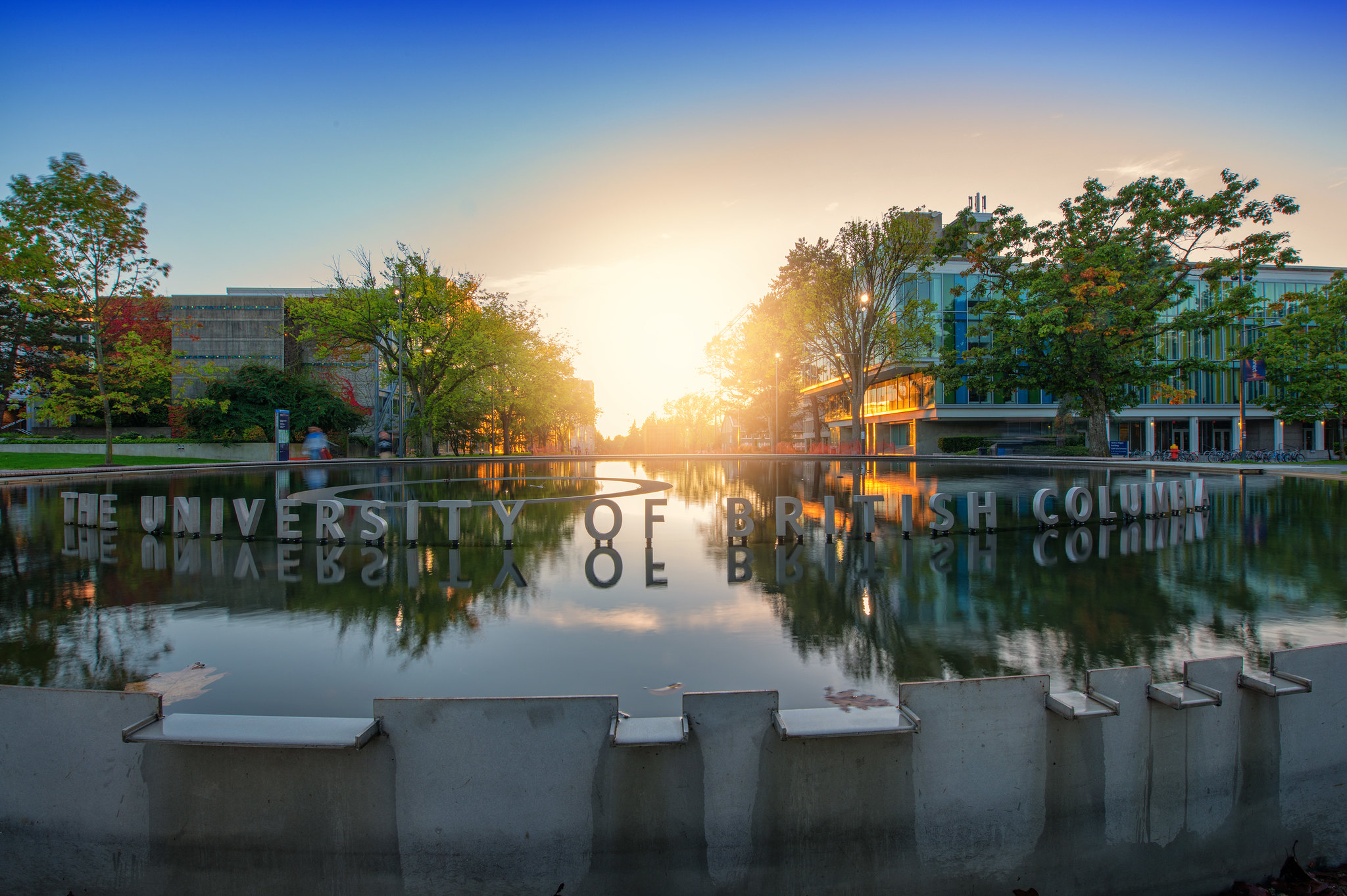What’s next in AI: UBC to launch advanced machine learning training network
April 18, 2023

April 18, 2023

A new training program housed at the University of British Columbia will help prepare graduate students and postdoctoral fellows in B.C. and Western Canada for a future driven by next generation AI and machine learning solutions.
The $1.6 million Advanced Machine Learning Training Network (AML-TN) is being funded through the Natural Sciences and Engineering Research Council of Canada (NSERC) CREATE program with a further $4.9 million in contributions from UBC, collaborators and other sources.
“This CREATE award positions UBC as the hub in a world-class network of 14 institutional partners including Vector, MILA, AMII, Oxford, Cambridge, Gatsby, MPI, MIT and more,” said AML-TN program director and UBC computer science professor Dr. Frank Wood. “The creation of this program does nothing less than establish one of the best training experiences possible for any young AI researcher in the world.”
The use of machine learning and AI is expected to double the economic growth rates of developed countries in the next ten years. AML-TN is designed to train a new generation of computer scientists who will develop fundamentally new methodologies and provide the innovation that is predicted to drive what is being called the fourth Industrial Revolution.
The AML-TN program is designed to fill the machine learning and AI knowledge and skills gap in Canadian business by offering what Dr. Wood calls a “smorgasbord” of research and training options.
“Deep learning has really captured the publics’ imagination and a great deal of investment. But we’re still not directly applying it in a wide variety of settings and nobody really knows what’s next or how to get there. By attracting a diversity of people, thought and perspectives, we’re confident AML-TN trainees will help develop fundamentally new methodologies, not just apply or improve existing ones."
A global network of 47 leading researchers will collaborate in the research training program to offer opportunities beyond those provided by traditional computer science programs provide, and linking students and institutions in the field. The six-year program, set to launch in the fall 2023 semester, is designed to provide support in some level to several postdoctoral fellows, 165 graduate students and 55 undergraduates.
“Graduate students in the program will be provided with funding and support to go on multiple months-long research exchanges at partner institutions,” says Dr. Wood. “The researcher mobility enabled by the CREATE is a spectacular opportunity not only for program participants—it also will benefit Western Canada and B.C. with an ongoing stream of new ideas and approaches in our field.”
By 2030, 70 per cent of companies are expected to adopt some form of advanced machine learning technology for computer vision, natural language processing, virtual assistants or robotic process automation. Interest in these technologies has created demand for experts that outmatches supply. In 2018, 72 per cent of Canadian businesses reported an AI skills gap. B.C. alone is home to over 9,500 technology companies focused on information technology, health, interactive media and robotics—contributing over $15 billion to GDP as one of the top five sectors.
We honour xwməθkwəy̓ əm (Musqueam) on whose ancestral, unceded territory UBC Vancouver is situated. UBC Science is committed to building meaningful relationships with Indigenous peoples so we can advance Reconciliation and ensure traditional ways of knowing enrich our teaching and research.
Learn more: Musqueam First Nation